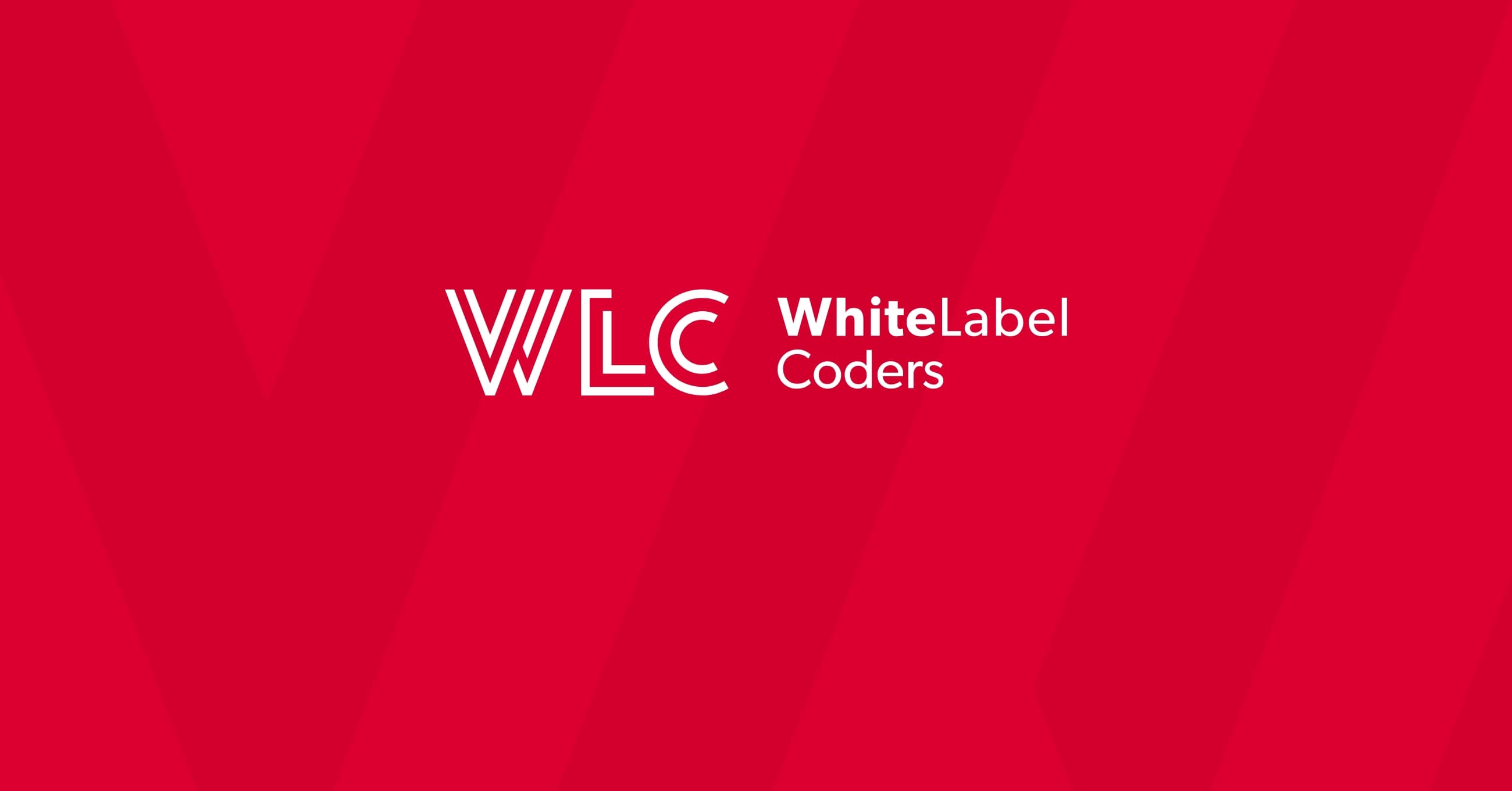Category: SEO AI
How do you integrate APIs with custom WordPress development?

Integrating APIs with custom WordPress development involves connecting external services and data sources to your WordPress site through Application Programming Interfaces. This process enables your custom WordPress website to communicate with third-party services, databases, and applications, significantly expanding functionality beyond WordPress’s core capabilities. Whether you’re building a sophisticated e-commerce platform or a comprehensive business solution, API integration is essential for modern WordPress custom development.
Understanding API integration in WordPress development
API integration in WordPress development refers to the process of connecting your WordPress site with external services to enhance functionality and user experience. This connection allows your custom WordPress website to pull data from external sources, send information to third-party services, and create seamless workflows between different platforms.
When you’re working on WordPress custom development projects, API integration becomes crucial for creating dynamic, data-driven websites. Think of APIs as bridges that allow different software applications to communicate with each other. Your WordPress site can fetch real-time data from social media platforms, payment gateways, CRM systems, or any other service that provides an API.
The importance of API integration extends beyond simple data exchange. It enables you to build sophisticated features like automated content syndication, real-time inventory management, social media feeds, and integrated booking systems. These integrations transform a basic WordPress site into a powerful business tool that can handle complex operations whilst maintaining the familiar WordPress interface.
What is an API and why do you need it in WordPress?
An API (Application Programming Interface) is a set of protocols and tools that allows different software applications to communicate with each other. In WordPress development, APIs serve as intermediaries that enable your site to exchange data with external services, databases, or applications without requiring direct access to their internal systems.
You need APIs in WordPress for several compelling reasons. They allow you to extend your site’s functionality beyond WordPress’s built-in features without reinventing the wheel. Instead of building complex systems from scratch, you can leverage existing services through their APIs.
Consider practical scenarios where APIs become indispensable. If you’re building an e-commerce site, you’ll need payment processing APIs to handle transactions securely. For content-rich sites, you might integrate social media APIs to display live feeds. Business websites often require CRM integration to manage customer data effectively.
APIs also enable real-time data synchronisation between your WordPress site and other business systems. This means customer information, inventory levels, or content updates can be automatically shared across platforms, reducing manual work and minimising errors.
How do you use WordPress REST API for custom development?
The WordPress REST API is a powerful built-in feature that allows you to interact with your WordPress site’s data using HTTP requests. It provides endpoints for accessing posts, pages, users, and other WordPress content programmatically, making it essential for custom development projects.
To leverage the WordPress REST API effectively, you’ll start by understanding its structure. The API follows RESTful principles, using standard HTTP methods like GET, POST, PUT, and DELETE to perform different operations. You can retrieve posts using GET requests, create new content with POST, update existing content with PUT, and remove content with DELETE.
Creating custom endpoints is where the real power lies for WordPress custom development. You can register new routes that expose your custom post types, meta fields, or entirely custom functionality. This is particularly useful when building headless WordPress applications or mobile apps that need to interact with your WordPress backend.
Authentication plays a crucial role when working with the REST API. For read-only operations, no authentication is typically required. However, for creating, updating, or deleting content, you’ll need to implement proper authentication methods such as application passwords, OAuth, or custom authentication schemes.
The API also supports extensive customisation through hooks and filters. You can modify response data, add custom fields to existing endpoints, or implement custom validation rules to ensure data integrity.
What are the best methods for integrating third-party APIs?
WordPress offers several robust methods for integrating third-party APIs, with the HTTP API functions being the most recommended approach. The wp_remote_get(), wp_remote_post(), and related functions provide a standardised way to make HTTP requests whilst handling many complexities automatically.
Using wp_remote_get() is ideal for retrieving data from external APIs. This function handles SSL certificates, follows redirects, and provides consistent error handling across different server configurations. It’s particularly reliable because it automatically selects the best available HTTP transport method on your server.
For more complex interactions, wp_remote_post() allows you to send data to external APIs. This is essential when you need to create records, submit forms, or trigger actions on external services. The function supports custom headers, authentication credentials, and various data formats.
cURL remains a viable alternative, especially when you need fine-grained control over HTTP requests. However, it requires more careful error handling and isn’t always available on all hosting environments. The WordPress HTTP API functions are generally preferred because they provide better compatibility and built-in error handling.
Regardless of the method you choose, implementing proper error handling and data validation is crucial. Always check response codes, validate returned data, and have fallback mechanisms in place. Consider implementing caching strategies to reduce API calls and improve performance, especially for data that doesn’t change frequently.
How do you handle API authentication in WordPress?
API authentication in WordPress involves several methods depending on the external service requirements and security needs. The most common approaches include API keys, OAuth, JWT tokens, and basic authentication, each with specific use cases and implementation considerations.
API keys represent the simplest authentication method. Many services provide unique keys that you include in your requests, either as headers or query parameters. Store these keys securely using WordPress constants or options, never hardcode them directly in your code. Consider using environment variables or secure storage solutions for sensitive credentials.
OAuth authentication provides more robust security for services requiring user consent or access to user-specific data. This method involves redirecting users to the service provider for authentication, then receiving tokens that allow your WordPress site to act on their behalf. OAuth is particularly common with social media APIs and cloud storage services.
JWT (JSON Web Tokens) offer a modern approach to API authentication, providing secure token-based authentication that can include user information and permissions. These tokens are particularly useful for headless WordPress applications or when building custom user authentication systems.
When implementing any authentication method, follow security best practices. Use HTTPS for all API communications, implement proper token refresh mechanisms for OAuth, and consider rate limiting to prevent abuse. Store authentication credentials securely and never expose them in client-side code or version control systems.
What are the common challenges when integrating APIs with WordPress?
API integration with WordPress presents several common challenges that developers must navigate carefully. Rate limiting is perhaps the most frequent issue, where external services restrict the number of requests you can make within a specific timeframe, potentially causing functionality to break during high-traffic periods.
Data synchronisation challenges arise when dealing with real-time updates between WordPress and external systems. You might encounter scenarios where data becomes inconsistent due to failed requests, network timeouts, or conflicting updates from multiple sources. Implementing proper error handling and retry mechanisms becomes essential.
Performance optimisation requires careful consideration of caching strategies. Making API calls on every page load can significantly slow down your site. You’ll need to implement intelligent caching that balances data freshness with performance, possibly using transients, object caching, or background processing for heavy API operations.
Error handling complexity increases when dealing with multiple APIs, each with different error response formats and status codes. Building robust error handling that gracefully degrades functionality when APIs are unavailable requires thoughtful planning and comprehensive testing.
Security vulnerabilities can emerge from improper handling of API credentials, insufficient input validation, or exposing sensitive data in API responses. Regular security audits and following best practices for credential management are crucial for maintaining secure integrations.
Key takeaways for successful WordPress API integration
Successful WordPress API integration requires a strategic approach that prioritises security, performance, and maintainability. Always implement comprehensive error handling and fallback mechanisms to ensure your site remains functional even when external APIs are unavailable or experiencing issues.
Security should be paramount in every integration decision. Use secure authentication methods, validate all data inputs and outputs, and never expose sensitive credentials in client-side code. Regularly audit your integrations for potential vulnerabilities and keep authentication tokens and API keys secure.
Performance optimisation through intelligent caching strategies will significantly improve user experience. Implement appropriate caching mechanisms, consider background processing for heavy operations, and monitor API usage to avoid rate limiting issues.
Documentation and testing are essential for long-term success. Document your API integrations thoroughly, including authentication requirements, data formats, and error handling procedures. Implement comprehensive testing that covers both successful operations and failure scenarios.
When planning your WordPress custom development project, consider the long-term maintenance implications of your API integrations. Choose reliable API providers, implement monitoring to detect issues early, and design your integrations with flexibility to accommodate future changes in external services.

